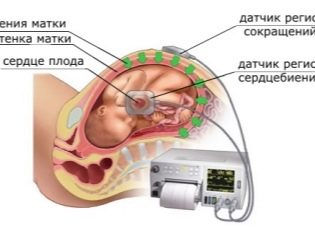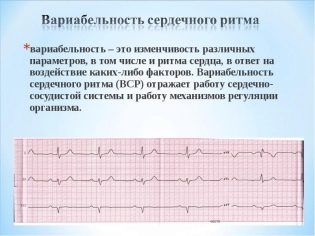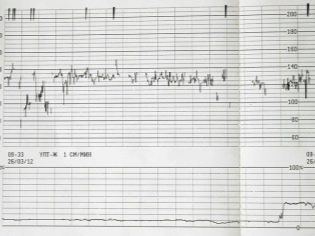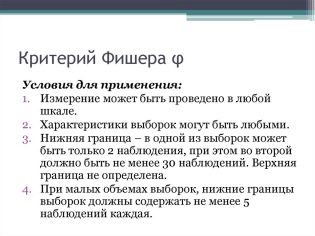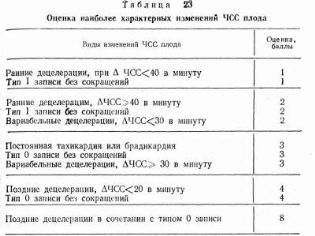What do 7 points mean for CTG?
To understand how the baby is doing in my mother's tummy, you can use a variety of diagnostic examinations. One of them is cardiotocography.
How is the assessment done?
This study has been used quite successfully by doctors for many years. It is absolutely safe and well tolerated as a future mother, and does not cause any discomfort to the baby.
During the examination, the doctor will be able to check several major vital signs of the fetus. One of the most important of these is the assessment of the heartbeat of a baby.
For this, doctors evaluate several clinical indicators at once. Their combination allows specialists to understand how well a baby's heart beats, and whether it has dangerous pathologies.
Also during the diagnostic procedure, the doctor necessarily evaluates how much the uterine walls contract. A study conducted at 36-39 weeks of pregnancy, can even reveal contractions. In some cases, this indicates an imminent onset of labor. In this situation, the future mother will put in the hospital.
To conduct this survey can be at different stages of pregnancy. However, doctors believe that the early implementation of the diagnostic procedure is not always correct. If the study is conducted before the 28th week of pregnancy, the results may not be entirely accurate.
To obtain the necessary information on the tummy of a pregnant woman are superimposed special sensors. They are strengthened in the place where the baby's heartbeat is best defined. The initial position of a woman while lying on her back or on her side.
Reviews of many expectant mothers indicate that this survey was conducted at 34-35 weeks of pregnancy. In some cases, the study is recommended during the entire period of labor.
This is especially important for women who are at high risk for the development of various pathologies.
Usually such monitoring is organized in specialized medical institutions or in perinatal centers.
What indicators are taken into account?
In order to assess how a baby manifests itself, doctors determine several indicators at once. They are evaluated during each procedure.
One of the estimated indicators is the basic level of the baby's heartbeat. To do this, it is calculated how many beats the heart makes in 60 seconds.
Normal heartbeat should not be less than 120 and more than 160 beats per minute. If for some reason this indicator changes, then this, as a rule, indicates the presence of functional impairments in the baby.
Rhythm variability is another assessed criterion. It shows various variations and deviations from the base frequency of the heartbeat. If the heart rate is variable, then this is good. The vegetative nervous system of a pregnant woman has a rather large effect on this indicator.
Changing the frequency of the heartbeat for 15 beats for more than 15 seconds is called acceleration. This indicator is also measurable during the study. Normally, during the study, two or more accelerations must be registered within 10 minutes of the procedure.
Doctors evaluate the opposite criterion. It is called deceleration.This is a reduction in the frequency of the heartbeat by 15 beats or more in 10-15 seconds of the study. Normal decelerations in the study should not be.
The combination of these indicators and gives the specialist an idea of how the baby feels while in her mother's tummy. Also, with the help of this study, the doctor can quite easily suspect various pathologies that lead to the development of functional disorders in the fetus.
How to decipher the result?
To compile a comprehensive assessment, doctors use different systems for calculating the estimated indicators. One of the most common is the Fisher scale.
In it, each of the studied criteria is assigned from zero to two points. Then, the resulting values are simply summed, and the resulting value is obtained. It must be recorded in the conclusion, which is embedded in the medical card of a pregnant woman.
CTG 7 points Fisher - not the best possible indicator. This result is not an urgent indication for the direction of the future mother to the hospital.
In this case, doctors recommend the expectant mother to urgently adjust her daily routine.
6/7 points are often evidence that in the body of the baby begins to manifest oxygen starvation of organs and tissues (hypoxia). The development of it can lead a variety of reasons.
The dynamics of the baby's condition is very important. For this, future mothers are shown repeated research. If the total figures decrease and amount to 4/5 points, then in this case it is necessary to send the pregnant woman to the hospital.
If deterioration has occurred in the later weeks of pregnancy already closer to childbirth, then in that case it may even be necessary to have an emergency obstetric aid. It often happens that after correction of their behavior and daily regimen, expectant mothers improve CTG indices.
It is very important when this diagnostic procedure is performed. If it is carried out immediately after a strong psycho-emotional stress, then the performance will be worse.
It also confirms the words and recommendations of doctors that the expectant mother absolutely can not be worried, as this negatively affects the condition of the baby.
It is interesting that the baby, especially in the last weeks of its intrauterine development, feels very strongly all the experiences of the mother. If a pregnant woman is constantly in a state of inner peace, it will be beneficial to manifest itself in her pregnancy.
Rational nutrition is very important. Regular intake of all necessary vitamins and trace elements is necessary for the baby to grow and develop well. The exclusion of fast food and fatty fried foods from your diet is necessary for the female body to function perfectly.
In order to improve the performance of cardiotocography, doctors recommend expectant mothers walk more often. It is better to do this not near highways or in polluted places. Regular walks in the park will help the expectant mother get enough oxygen. This will help improve the functioning of the cardiovascular system both in her and her baby.
About what is CTG and how is the study, see the following video.



